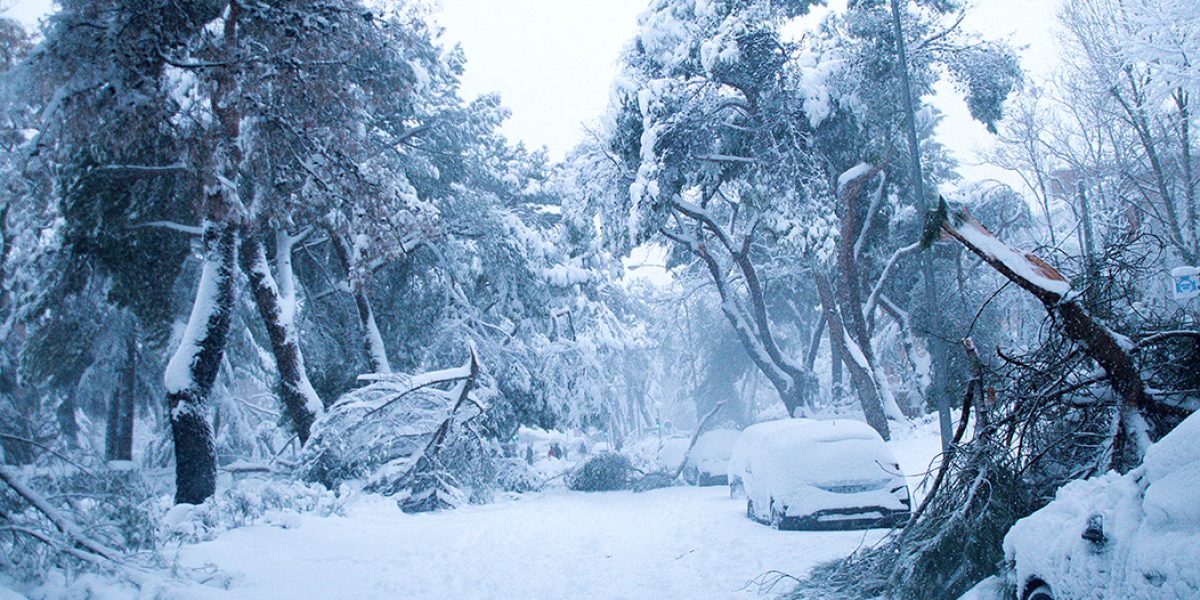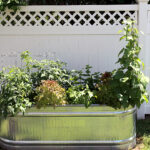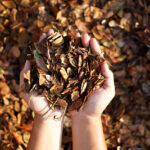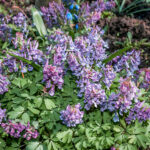One of the most significant and lasting impacts of winter on trees is ice and snow damage. Large amount of ice can weigh down tree branches and cause significant breakage. Often the weight of ice results in high crown breakage, though trees can also split or lose major limbs.
Some trees may also produce prolific sprouts or suckers along limbs that have been damaged. These newly formed limbs are often weak and poorly attached to the tree and may be prone to failure during future storms. Broken limbs that are hung up in trees are a hazard since they may fall later. Lastly, proper pruning and tree care can help to reduce the likelihood that broken limbs will become infected with disease pathogens that can further damage or kill the tree.
Here are some common questions when inspecting trees after a snow storm:
Can this tree be saved?
Can I prune or repair this myself?
High hanging limbs or tops are especially dangerous. Old timers called these widow-makers for a reason. A limb may have been caught up in a tree for weeks or months, but it doesn’t mean it can’t come down when you least expect it.
Do not attempt to remove limbs near utility lines.
If the tree or limb falls, what is it likely to hit?
Use proper personal protective equipment (PPE).
There is no shame in erring on the side of caution. Lots of homeowners end up regretting taking on a tree job that went bad; few people regret calling a professional.
Where can I find a tree service company?
What do I ask an arborist?
This article was published by
Michigan State University Extension
![]()







